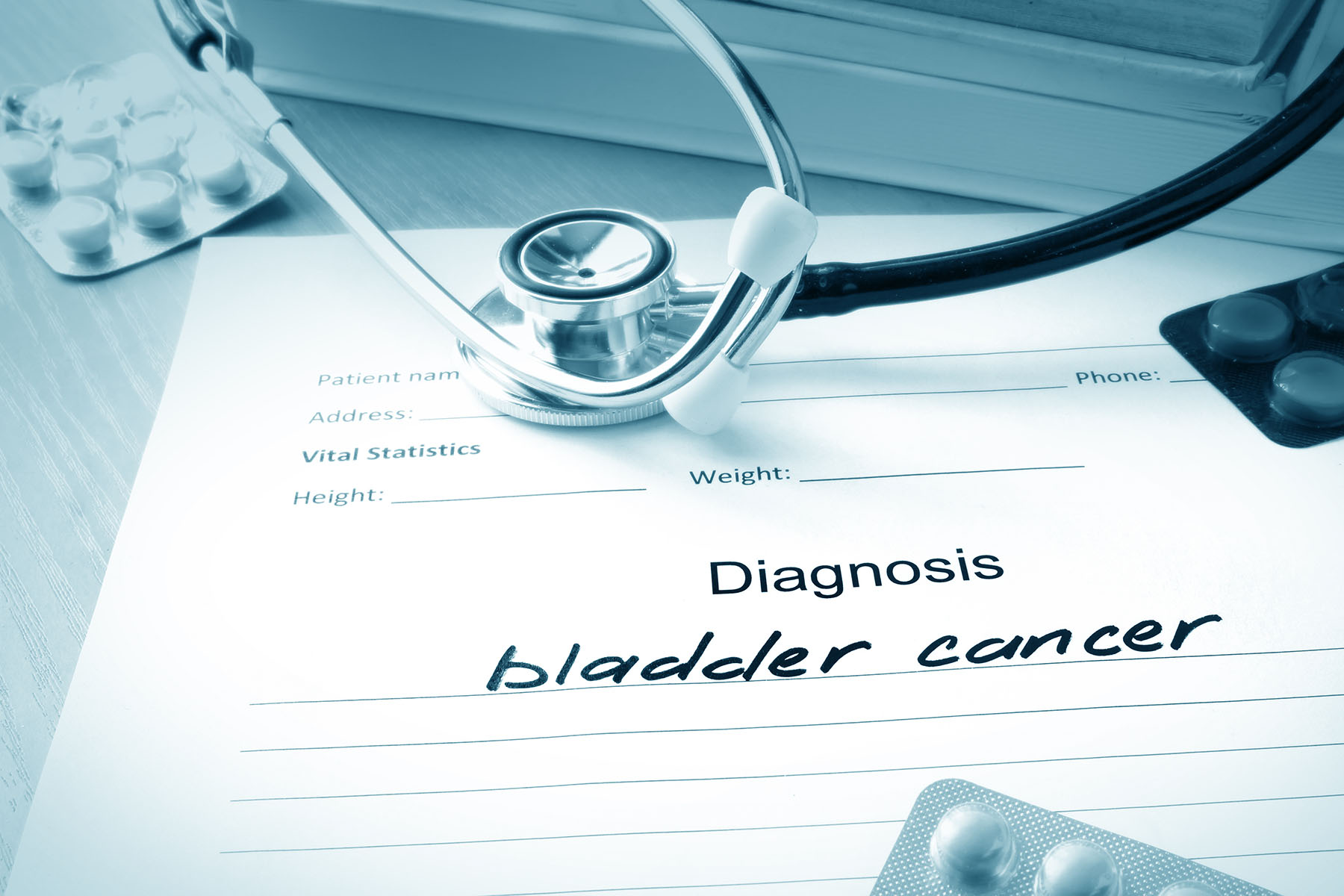Bladder Cancer and a Woman’s Quality of Life

While bladder cancer is not the most common type of cancer, it can be an aggressive disease when not detected early or treated appropriately. The American Cancer Society notes that it leads to more than 80,000 new cancer cases and more than 17,000 cancer deaths yearly.
What is the bladder?
The bladder is a hollow organ that stores urine in the body and allows its passage out of the body when you urinate.
When cancer occurs in the bladder, it’s primarily within the cells that line the bladder. It occurs more frequently in men than women and is mostly diagnosed in people over 55. The average age of people diagnosed with bladder cancer is 73.
The American Cancer Society says that the five-year survival rates for bladder cancer are fairly high when the cancer is detected early. Smoking is the single most significant risk factor for developing bladder cancer.
Helping women who have bladder cancer
Raveen Syan, M.D., a urologist, and Helen Y. Hougen, M.D., a urologic oncologist, are physicians and bladder cancer researchers with the Sylvester Comprehensive Cancer Center, part of the University of Miami Health System. While they agree that bladder cancer survival rates are high when the cancer is detected early, they have noted a growing concern: The quality of life for women living with the diagnosis.
Some of these concerns, says Dr. Syan, are related to intravesical therapy.
This treatment involves injecting medication directly into the bladder via a catheter for the non-invasive form of bladder cancer. That way, it impacts only the bladder and not other body parts. While it can be effective, Dr. Syan says it causes many sexual problems and other pelvic side effects for many women. Women often do not receive the proper support to combat these side effects.
“In women who get the intravesical therapy, about 60% have urinary issues related to that treatment, such as pain and urgency, or other pelvic floor problems such as pain with intercourse or vaginal irritation,” says Dr. Syan. “There are treatments to help women with these issues, but many don’t receive them.”
Another concern is when surgery is required to treat the cancer.
“When we remove the bladder, some patients aren’t even offered the opportunity to spare the vagina,” Dr. Syan says. “The result is that a number of women experience issues with their body image, pain, and other complications when in reality many of these women could’ve been offered a surgery that spares the vagina.”
Patients and doctors need to be more aware of the different treatment options for women’s bladder cancer.
“Overall, since bladder cancer among women is fairly rare, this is an understudied population,’ says Dr. Syan. “We need to work with a health care provider to make sure that they are giving their patients the right education and treatment options.”
Dr. Hougen says that more can be done to improve the quality of life, particularly for women with the disease. “As urologists, we have two interlocking goals. One is controlling the cancer with surgery and medications, and the other is maintaining the quality of life,” she says.
“How you void is part of your daily life, and so is sexual and bowel function. We want to improve that for our patients as much as possible. If we control cancer but significantly worsen the quality of life, then we haven’t completely done our jobs.
“It’s important for the medical community and patients to work together for better outcomes in this area.”
Wyatt Myers is a contributor for UHealth’s news service.
Tags: bladder cancer, cancer research in Miami, cancer treatment, Sylvester Cancer, urinary care
